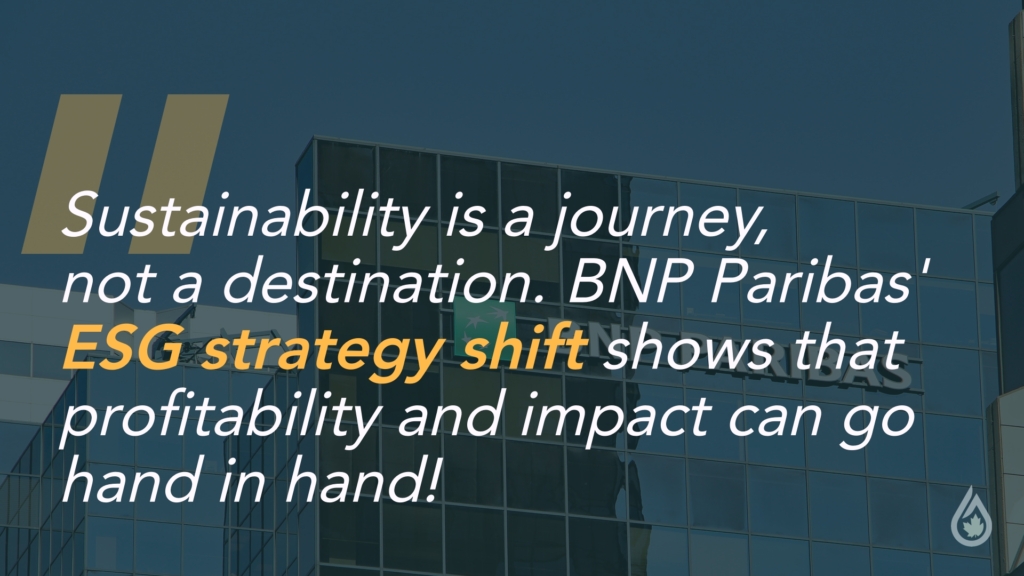Navigating ESG Data Integration: A Strategic Framework
In today’s business landscape, Environmental, Social, and Governance (ESG) factors have evolved tremendously. For Chief Executives and business leaders, integrating ESG data into core operations is an absolute necessity. However, navigating ESG data integration poses unique challenges and a strategic framework could be your trump card.
Understanding the Core Challenges of ESG Data Integration
ESG data integration does not come without its hurdles. Businesses frequently encounter issues such as data silos and inconsistent reporting standards. Moreover, many organizations lack comprehensive analytics tools, making it difficult to derive actionable insights from ESG data. Addressing these challenges is key to driving meaningful sustainability outcomes.
A Strategic Framework for ESG Data Integration Success
Collaborative Approach
This process begins with collaboration. Departments should work together to create a seamless flow of ESG information. This collaboration can dismantle data silos and ensure that sustainability goals align across the company.
Adoption of Scalable Automation
Adopting scalable automation technologies is crucial. Automation can streamline data collection and reporting, providing real-time insights into ESG performance. Learn how automation can enhance your ESG strategy in our article on Unlocking the Value of ESG Data Automation: Strategies for Success.
Leadership Buy-In
Leadership buy-in is non-negotiable. Executives must champion the cause, embedding ESG principles into the company’s ethos and operations. Such dedication fosters a culture of sustainability.
Case Study: Amazon and Iberdrola
A real-world example of effective ESG integration is the partnership between Amazon and Iberdrola. Their collaboration on solar projects is a beacon of how strategic partnerships can enhance sustainability outcomes. Read more about this initiative here.
Take Your ESG Strategy to the Next Level
Need expert guidance on automating ESG monitoring and enhancing sustainability performance? Our team can help you streamline data integration, ensure compliance, and maximize strategic value. Let’s discuss how automation can drive impact for your organization.
Leveraging External Resources
Consider utilizing external resources to aid ESG data integration. For instance, tools like Google’s BigQuery offer robust analytics capabilities that can consolidate and analyze vast datasets efficiently.
Driving ESG Data Integration Forward
ESG data integration, while challenging, presents an opportunity to drive competitive advantage. By implementing a comprehensive framework—one that emphasizes collaboration, automation, and leadership—business leaders can enhance their sustainability initiatives. This transformation not only meets regulatory demands but also aligns with the increasing consumer and stakeholder focus on sustainable practices.
For further reading, see how ESG can be a catalyst for growth in our feature on Leveraging ESG for Competitive Advantage.
Are you ready to integrate ESG data into your business strategy effectively? The path is clear, and the rewards, substantial.







